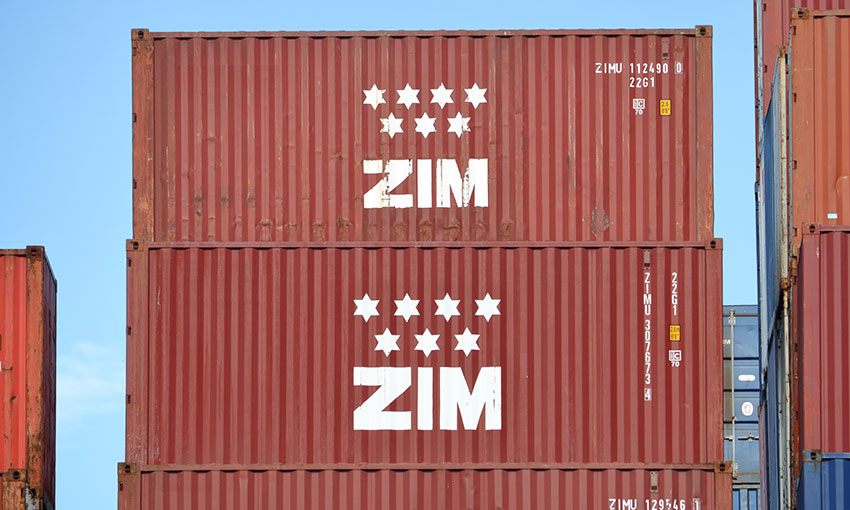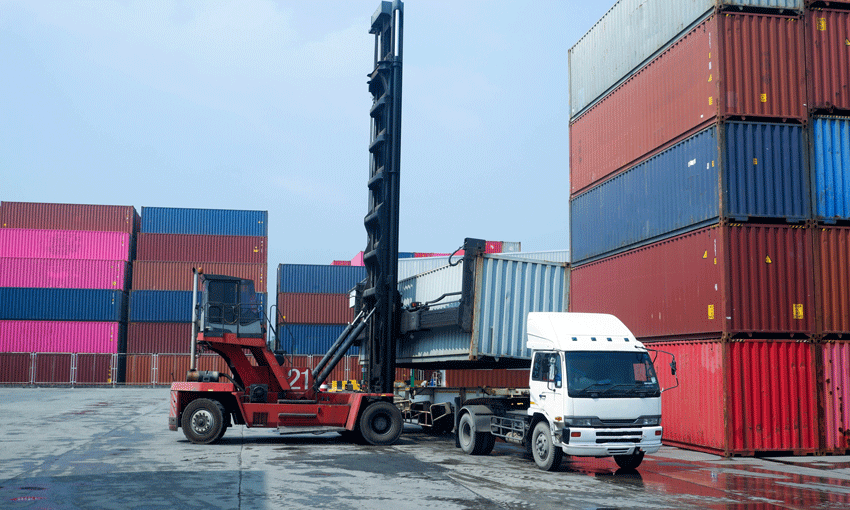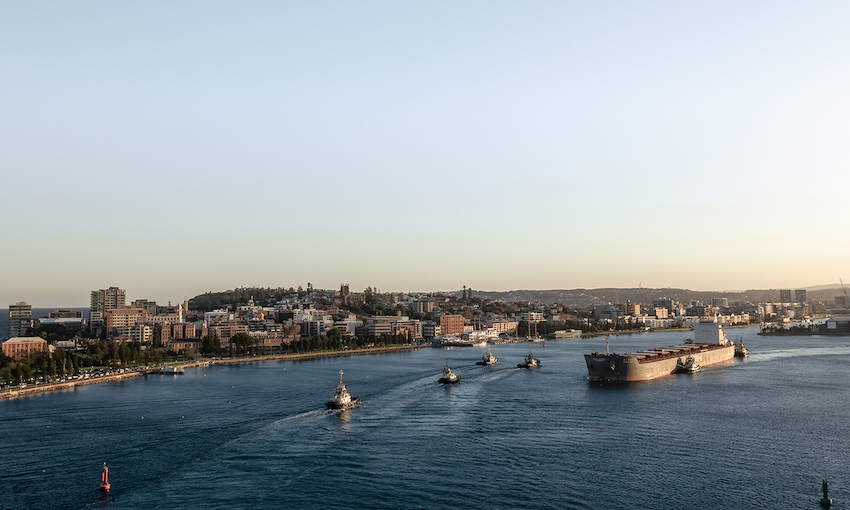DATA usage on ships has jumped more than three-fold since 2019, according to an analysis from Inmarsat Maritime.
Inmarsat said the surge underlines the shipping industry’s reliance on digital connectivity to enhance operating efficiency and safeguard crew welfare during disruptions to seaborne trade.
The internal study revealed data usage among the satellite communication service’s maritime customers increased by almost 70% in the 12 months leading up to mid-2022.
Inmarsat analysed data usage among leading vessel operators, which suggested year-on-year demand for data was highest among container shipping companies, up 108% in June this year compared to usage reported in June 2021.
Use of connectivity reportedly increased by 20% among oil tanker operators and by 47% on bulk carriers over the same period.
“Maritime data usage is a leading indicator of economic activity and international trade in the shipping industry,” Inmarsat Maritime president Ben Palmer said.
“More and more shipping companies are upgrading their satellite communications services and adopting new technologies for applications including route-planning, ship-to-shore broadband data transfers and to maximise fuel efficiency.
“They are also ensuring that their crews remain connected with family and friends while at sea, the mandatory requirement now recognised by the Maritime Labour Convention.”
Earlier this month, Inmarsat completed technical proof of concept tests for a component of its new Orchestra network.
The network aims to use connectivity technology to provide additional data capacity at shipping hot spots. Tests were conducted in Singapore at one of the world’s busiest container ports.
“As data demand continues to grow in the shipping industry, our Orchestra testing in Singapore has shown in real-world cases how to enhance ship-to-shore and ship-to-ship connectivity, including distances, range, throughput and link availability,” Mr Palmer said.
“We are innovating with this technology because connectivity demand in key ports and shipping lanes is only going to increase further and lead to growing congestion.”





